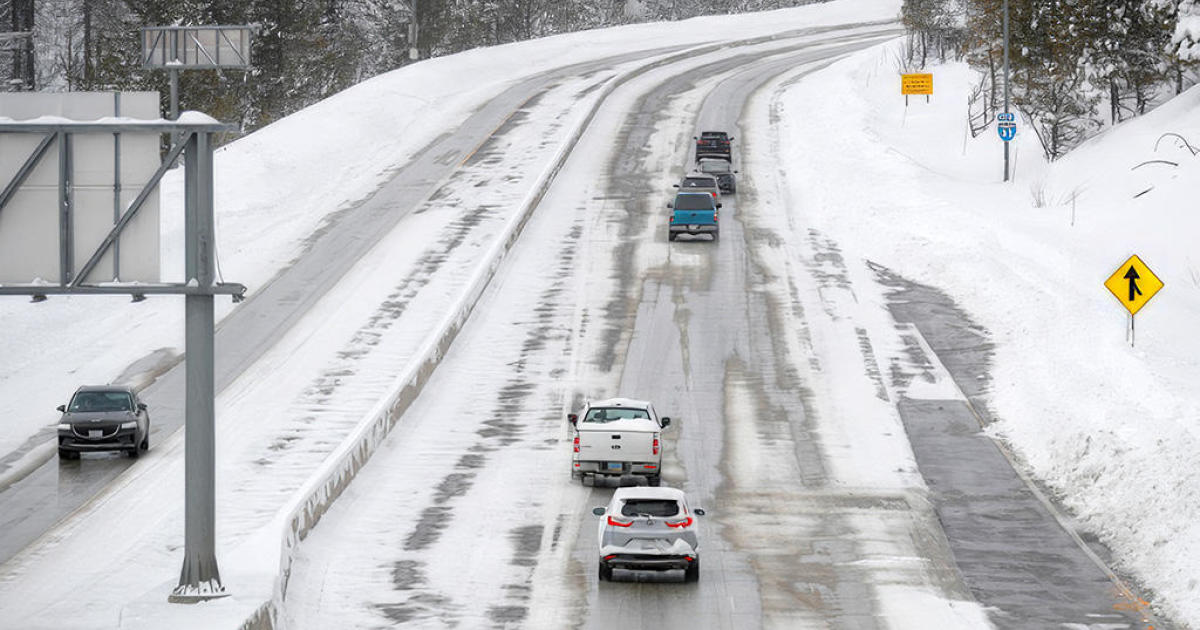Coastal cooling, but still blazing hot inland on Wednesday
CONCORD -- A cooling breeze brought some relief early Wednesday along the coast but triple-digit misery was still in store for inland communities as a historic heat wave kept the San Francisco Bay Area in its sweaty grip.
An excessive heat warning remains in effect for much of the Bay Area until 8 p.m. on Thursday.
"In general we are seeing a few degrees of cooling compared to 24 hours ago but of course yesterday was an historic day in terms of heat," the National Weather Service said. "So expect another hot day inland with some noticeable cooling near the coastline."
Heat records tumbled across the region on Tuesday. Livermore matched its one-day-old record for the hottest day of all time with another 116 degree scorcher.
Santa Rosa's 115 topped the 113 set on Sept. 6, 1913. Napa's 114 eclipsed the 113 recorded in 1961. Redwood City's mark of 110 tied its daily record set in 1972 and San Jose's 109 was a degree warmer than the record set in 2017.
And how hot did it get Concord? The blazing 112 degrees was enough to kink BART's steel rails, forcing the shutdown of the Antioch line during the evening commute.
Among those commuters stranded was Kaitlyn Schaefer.
"It's really hot," Schaefer said as she waited for her ride. "I'm more calm now that I know someone is coming to get me."
KPIX 5 First Alert Weather: Current Conditions, Forecasts, Alerts For Your Area
On Wednesday morning at Livermore's McGrail winery and vineyards, work crews took to the fields in the pre-dawn darkness to beat the oppressive heat.
"I wear very thin everything," a worker named Lizbeth said. "I make everything is covered so I don't get burned by the sun. As long as my head and face are covered, I'm really good."
While the state power grid operator was able to hold off using rolling blackouts to control the historic demand for electricity, thousands were without power in Bay Area after the intense heat overwhelmed transformers.
Some 35,700 people lost electricity in Silicon Valley and southern and inland areas of the San Francisco Bay Area and most of the outages were heat-related, said Jason King of Pacific Gas & Electric said Tuesday evening.
While it may have been some overnight cooling on Monday, it wasn't enough to help give PG&E's equipment a much-needed break from the intense stress.
"We don't have that overnight cooling that helps the equipment really get a break," said Aaron Johnson, the Vice President of PG&E's Bay Area Region. "And so we are seeing a fair number of pieces of equipment go out of service. And we're doing everything to replace that equipment on the fly."
PG&E and the state's power grid operator on Wednesday encouraged people to continue reducing their energy use to avoid the possibility of rotating power outages amid the ongoing heat. Yet another Flex Alert was scheduled to go into effect at 4 p.m.
The Bay Area Air Quality Management District issued another Spare the Air alert for Thursday, making it six days in a row that the district has issued the alert that warns residents about unhealthy levels of smog in the region amid its ongoing heat wave.
The recent hot weather, combined with light winds and exhaust from vehicles on the region's roads, is creating unhealthy levels of smog, otherwise known as ozone, according to the air district.
"The extreme weather conditions we have been experiencing this week are an example of how climate change can cause poor air quality and significantly raise the risk of wildfires," air district interim executive officer Sharon Landers said.
On Spare the Air days, the air district encourages people to find alternatives to driving alone, such as using transit or working remotely. People are also encouraged to avoid outdoor exercise except in the early morning hours when smog levels are lower.
Smog can cause throat and chest pain or irritation and is particularly problematic for young children, seniors and people with respiratory or heart conditions, according to the air district.
Real-time air-quality monitoring is available on the BAAQMD website. The Purple Air website also provides localize air-quality data.



